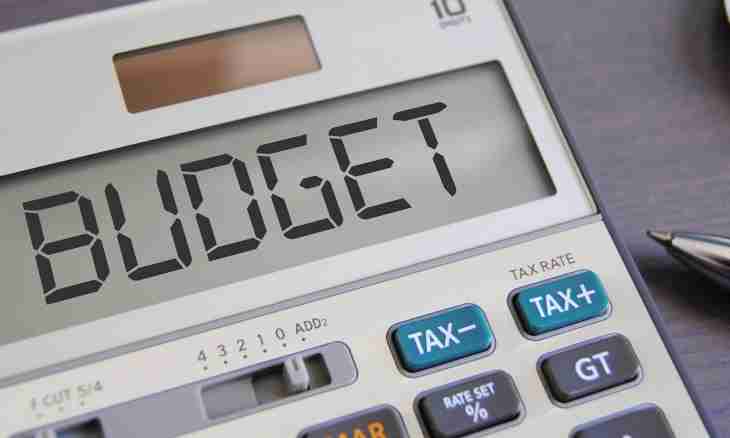Even having made small effort, it is possible to create significant pressure. Everything that for this purpose it is necessary - to concentrate this effort in the small square. To the contrary, if evenly to distribute considerable effort on the big area, pressure will turn out rather small. To learn what, it is necessary to carry out calculation.
Instruction
1. Transfer all basic data to SI units: force - in newtons, weight - in kilograms, the area - in square meters, etc. Then pressure after calculation will be expressed in pascals.
2. In case not the force, but mass of cargo is specified in a task, calculate force on the following formula: F=mg where F is force (H), m is the weight (kg), g is the acceleration of gravity equal of 9.80665 m/s².
3. If in conditions instead of the area geometrical parameters of area upon which pressure is put are specified, in the beginning calculate the area of this area. For example, for a rectangle: S=ab where S is the area (m²), an is length (m), b is width (m). For a circle: S=πR² where S is the area (m²), π - number "пи", 3.1415926535 (dimensionless size), R - the radius (m).
4. To learn pressure, divide effort to the area: P=F/S where P is pressure (Pa), F is force (n), S is the area (m²).
5. If necessary transfer pressure to derivative units: kilopascals (1 kPa =1000 Pas) or megapascals (1 MPa =1000000 Pas).
6. For the translation of pressure from pascals in the atmospheres or millimeters of mercury use the following ratios: 1 atm =101325 Pas =760 mm Hg.
7. During preparation of the supporting documentation for the goods intended for delivery to export can be required to express pressure in pounds per square inch (PSI - pounds per square inch). In this case be guided by the following ratio: 1 PSI=6894.75729 Pas.

